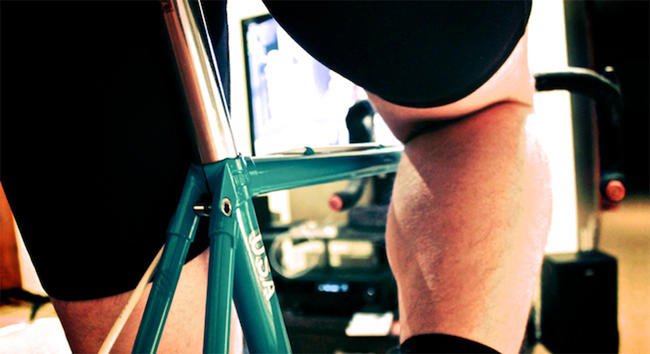About 98 per cent of lactic acid is converted to fuel in the mitochondria. The remainder, called acidosis—“the hydrogen part or the proton”—is probably responsible for that familiar burning sensation. “The lactate itself is benign, good fuel,” says Brooks.
RELATED: 5 Best Ways To Speed Up… Fast!
The good news: This doesn’t negate one of the foundations of bike training. The term “lactate threshold training” is a misnomer, as it’s based on the idea of riding just below the intensity at which we thought lactic acid would overwhelm the muscles with pain, but training at that level—in short, hard repeats or steady-state intervals—does help you ride longer at harder intensity by developing more mitochondria to more efficiently process the lactate. It just needs a new name. Anyone up for a Mitochondria Ride?


